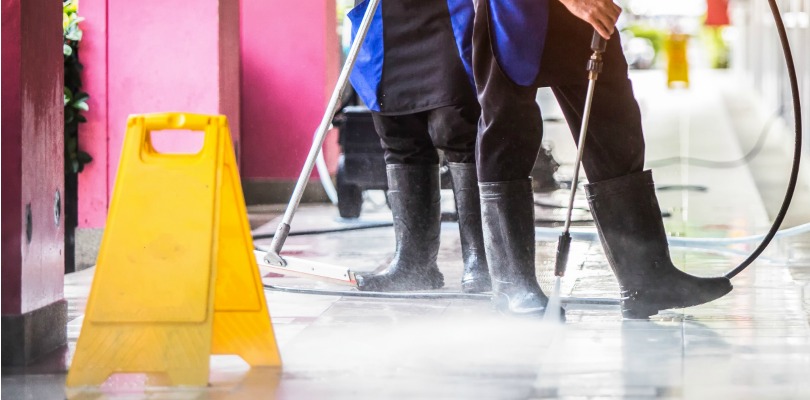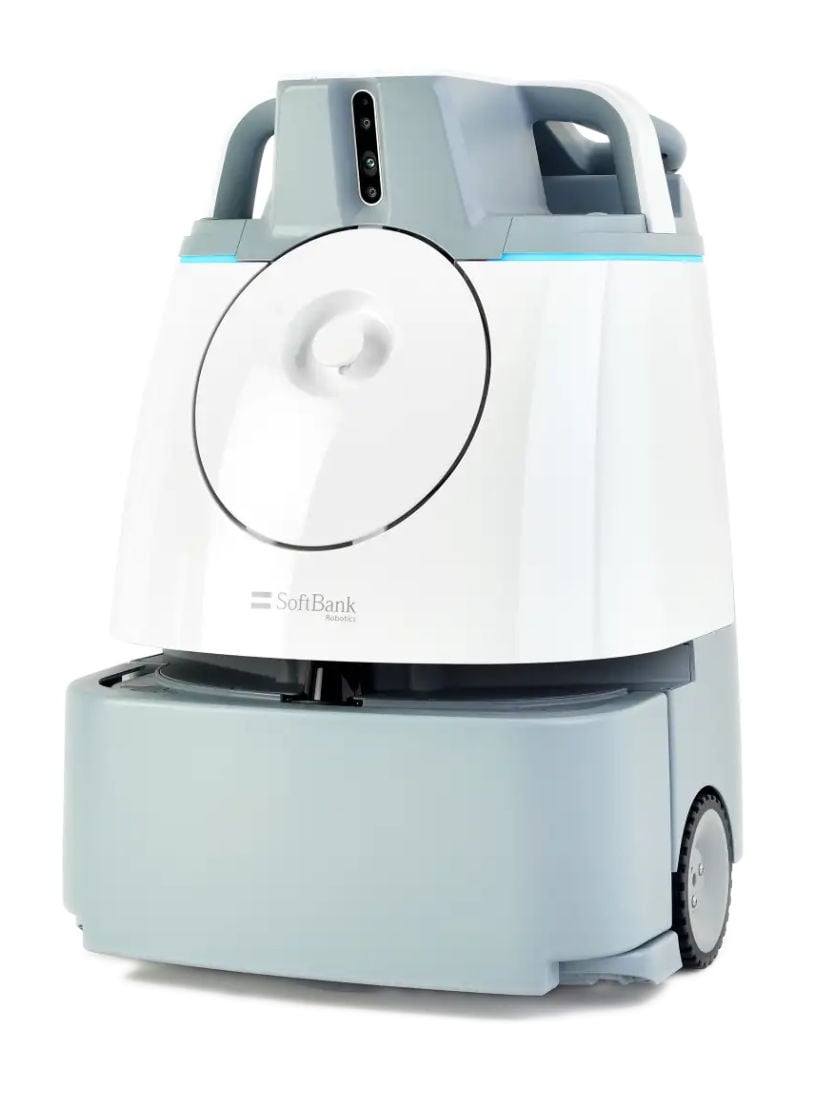Faced with enduring supply chain issues, economic uncertainty, and rapidly evolving digital transformations, the state of work today is not without its challenges. Perhaps no one obstacle has been more widely felt, however, than labor challenges — including staffing shortages, high rates of turnover, and climbing wages and benefits. In fact, the Bureau of Labor Statistics’ March 2024 Employment Cost Index reported that compensation costs rose by 4.2% over the previous 12 months. This trend has many companies looking for ways to lower labor costs.
Fortunately, there are plenty of ways to balance a strong worker retention strategy with reasonable labor expenses. Consider the following six strategies for reducing the cost of labor, integrating smarter technologies into your operations, and improving job satisfaction and overall productivity.
How To Lower Labor Cost: 6 Strategies
1. Reduce turnover
Retaining the workers you have today is your best bet for reducing costs. The Work Institute estimates that the cost of turnover ranges from 33% to 200% of the exiting employee’s annual salary. In industries such as cleaning services, where employee turnover might average near 200%, lost employees account for huge potential cost savings.
The cost of turnover factors in the time and money a company will spend on advertising and recruiting new hires, training, and onboarding until the worker reaches expected levels of job proficiency. Still, that doesn’t begin to calculate the loss of innovation and knowledge transfer from departing top performers who know your best practices and approach to service.
The first step to building a retention strategy is getting to the heart of what your employees want. Talk to employees and train managers to ask questions about employees’ pain points. By understanding their frustrations, you can begin to build a retention strategy that balances competitive pay and benefits with a rewarding work environment.
New technologies can also radically transform the employee experience, which can, in turn, profoundly impact retention rates. The benefits automation offers knowledge workers, for example, are well-documented. Nearly 90% of workers feel that automation improves their job satisfaction by helping them accomplish their work more quickly, reduce the number of errors, and focus on work that is more strategic and personally enriching. Labor-intensive industries can and should take advantage of automation solutions for the same reasons.
2. Rethink Your Operations
How much time do your employees spend on each task? Do you know for sure? Working more efficiently can reduce time spent on each job and generate more cost savings.
On the job, you might consider using lean principles to improve efficiency. At its core, the lean process is about identifying value, baking in quality, and continuously iterating on your current operationalization. That includes minimizing wasted time and effort.
When lean is done right, it always helps workers more easily do their jobs. So, consider asking employees for suggestions on how to speed processes along without sacrificing the quality of the job. For cleaning companies, this might include adopting easy-to-move supply carts that reduce time spent retrieving equipment, consolidating products for an easier clean, or developing a risk assessment that allows for less frequent cleaning of non-priority areas.
Of course, knowing that your operations need to improve is difficult enough, but identifying where these productivity gaps exist and figuring out how to fix them is another challenge altogether. The first place to look is your SOPs, which when documented correctly may illuminate patterns where your team often misses the mark, either due to lack of training, lack of resources, or general unawareness.
Any performance data you can collect can also shed light on areas for improvement. That’s why many new tech solutions include comprehensive data and reporting to help you monitor your current-state performance and identify places for future advancements. All of our solutions, for example, integrate seamlessly into our proprietary data and reporting platform, SoftBank Robotics Connect, to give our customers complete visibility into their productivity and efficiency.
3. Automate Simple Tasks
By automating repetitive tasks, managers allow employees to focus on more value-added work. Not only does this reduce the amount of time spent on a job, but it can reduce monotony for your workers and limit the strain they experience from performing the same tasks repeatedly. After all, it’s that type of strain that can lead to injuries and aggravate your turnover rates.
In the cleaning industry, commercial-grade autonomous solutions can achieve a consistent clean at scale while employees focus on higher-impact, revenue-driving activities. That’s the type of jump in job duties that can keep workers interested in sticking around.
It’s worth recognizing that the leap to automation is no small feat. As with any organizational transformation, adopting new technology often means reworking how you operate, train, and allocate resources. But as labor challenges only worsen, the reality is that organizations must begin looking to new technologies to supplement their labor needs, or they risk getting left behind by their competition. Between 2020 to 2025, robotic automation solutions such as vacuum cleaners and floor scrubbers are projected to experience an exponential compound annual growth rate (CAGR) of around 55%, suggesting just how transformative these new innovations will be in the years to come.
Choosing the right automation partner goes a long way toward ensuring a successful adoption. Learn why our service-first approach stands out across the industry and helps our customers maximize their return on automation investments.
4. Use the Right Supplies and Equipment
If your costs are growing, it may seem to make sense to purchase cheaper supplies and equipment to offset high worker wages. While this may work in the short term, it can add to your costs by making your workers’ jobs more difficult over time. It can also add to the level of customer complaints that make your workers’ jobs more stressful.
Talking to manufacturer representatives about even the simplest supplies could help you identify opportunities to improve customer interactions and eliminate misspent time.
5. Train Your Workers
Don’t make training a one-and-done process. More frequent training can help ensure that staff is performing activities as expected. This can reduce the risks of shortcuts that could jeopardize customer service or lead to costly workers' compensation claims. Ultimately, this can also help your staff internalize training methods that they can pass on to new staff or temporary workers.
Training in higher-level tasks — think managerial support or managing new tech-based equipment — may also inspire your staff to get excited about coming to work. Data indicates that Millennials, in particular, value professional development opportunities as an opportunity for self-improvement. They’ll stick longer with employers that invest in them.
6. Prioritize Safety
Labor-intensive jobs inherently have higher risks of injury due to the repetitive, physically demanding, and at times risky nature of the work. With that in mind, it’s not much of a surprise that janitorial services have one of the highest rates of workplace injuries compared to other industries.
These types of injuries range from musculoskeletal disorders to respiratory issues. Prioritizing safety is important for keeping your workers on the job longer and for reducing compensation claims. Fewer incidents on the job can also lower the cost of your monthly premiums.
Of course, high levels of work-related injuries can have cascading negative effects on team morale, medical leave requests, and overall profitability. In 2020 alone, the private janitor and cleaner industry saw over 21,000 nonfatal injury and illness cases that resulted in time away from work.
Again, automation investments can add another line of defense in your workplace safety protocols, as many of the tasks that can result in injuries — which require repetitive motions over long stretches of time — are also the easiest to automate.
Make the Most of Your Resources With Help From the Automation Experts
Ultimately, keeping your people safe and happy is good for the bottom line. Companies that invest in their workforce and regularly review operational processes will find opportunities to reduce their overhead. Those business owners and managers are also likely to discover they have allies in this effort already on their staff.
Want to learn more about how automation can transform your workforce? Get our comprehensive cleaning guide. Or, get in touch with our team of automation experts.









